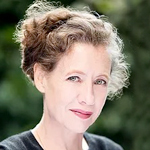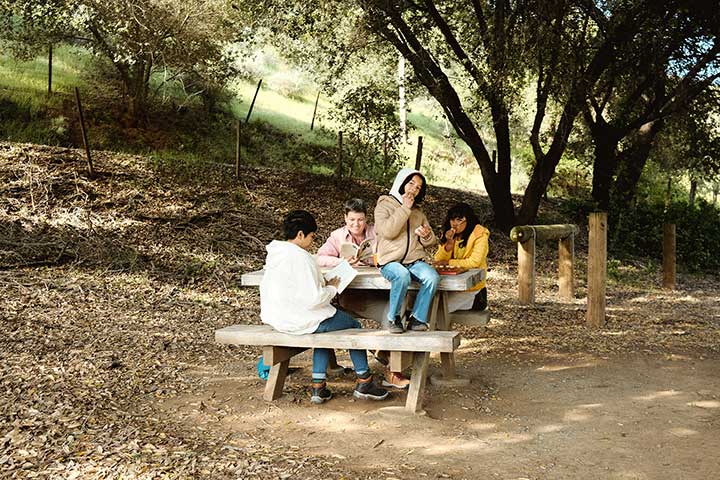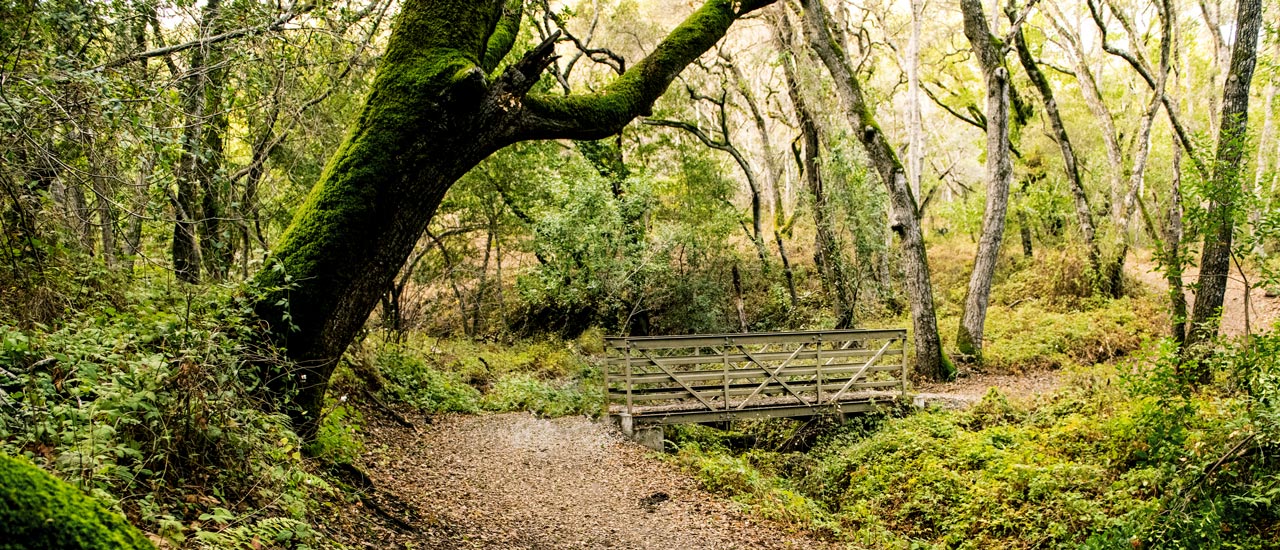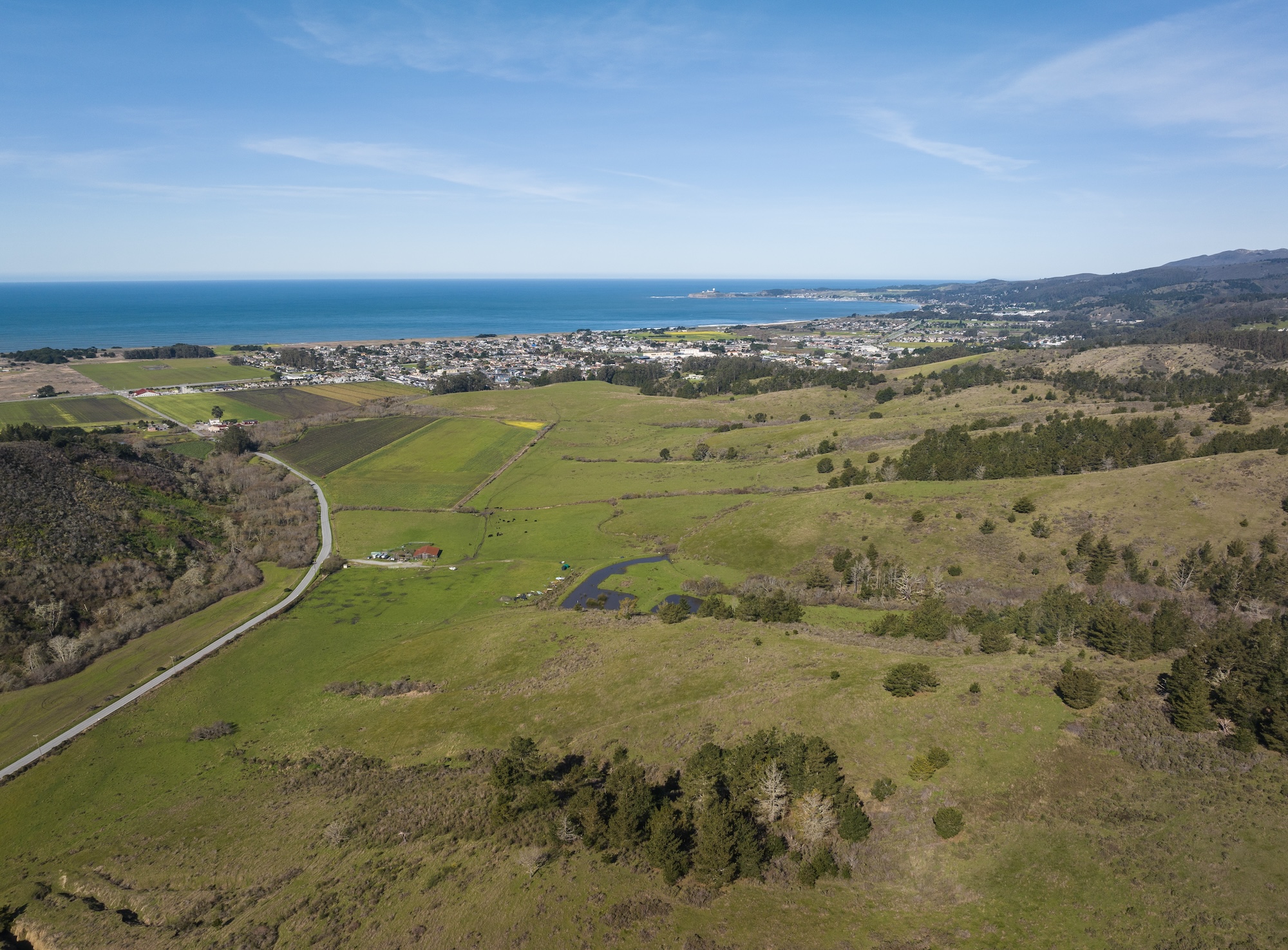In the March 13, 2016 Sunday Review section of The New York Times, eminence gris E.O. Wilson proposes “The Global Solution to Extinction.” Wilson points out that we are talking so much about climate change we are forgetting that protecting biodiversity is more important. We’re focusing on the nonliving, physical environment. “But Earth’s living environment, including all its species and all the ecosystems they compose,” is receiving little attention. This is a strategic mistake, since if we “save” the nonliving environment but don’t adequately safeguard the biological world, “we will lose them both.” Since species interactions help moderate the atmospheric carbon cycle, saving biodiversity will actually help stabilize the nonliving system as well.
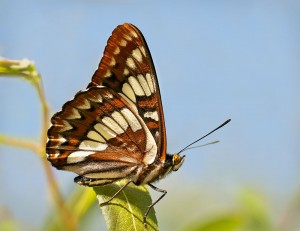
With Robert MacArthur, Wilson established in 1967’s Theory of Island Biogeography that the smaller and farther away from a mainland an island is, the faster species on it will go extinct. For one thing, newcomers get there at a slower rate. While fragments of terrestrial landscapes surrounded by human impacts are not exactly like islands in the water, the extinction formula basically holds true on land. Wilson tells us to protect corridors between large swaths of wilderness to address the increasing isolation of nature’s last places. The large carnivores we have left – in California that’s mostly mountain lions – need territories much larger than any single protected area can provide. Just ask P22, the Mountain Lion of Hollywood, who braved eight lanes of freeway traffic trekking from his natal home in the Santa Monica Mountains, to take up residence in Griffith Park in downtown Los Angeles.
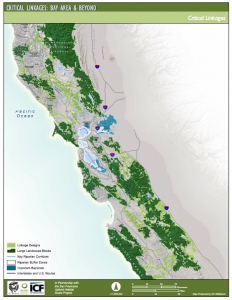
The “connectivity” concept is necessary not only at big scales across vast swaths of landscape, but also at small scales, even in urban environments. Here in San Francisco, native bees pollinating the smorgasbord at the botanical garden help provide genetic connectivity for their brethren bees in surrounding areas. This is what Wilson means by half. He’s not advocating for taking slices out of nature but for stitching pieces of it together through biotic interactions – and these require habitat.
There’s no reason why connectivity cannot permeate all the way through urban, built environments, and extend out through bigger, wilder protected areas like national parks and landscapes safeguarded by land trusts. But if they are not connected, then those special places become islands and the species in them will go extinct at a faster rate. We need a full suite of species operating in nature, from top carnivores to invertebrates and microbes. Species need to move, and they need to interact at many scales. The Bay Area today is well on its way to protecting half, but our task now includes taking a big conceptual look at what we’ve done to make sure individual efforts are connected. For nature to persist, we need a vision of “all,” or else we’ll be stuck with nothing.
Read more of Hannibal’s work regarding habitat connectivity on the Huffington Post blog.
Mary Ellen Hannibal, nationally acclaimed Bay Area science and culture writer, is the next speaker in POST’s 2016 Wallace Stegner Lecture series. On March 22, she will share her unique perspective on the theme of this year’s series, Bringing Ecology Home. The lecture will take place at 8PM at the Mountain View Center for the Performing Arts. Tickets are $20, and can be purchased here.
More on Our Website
About Post
Peninsula Open Space Trust (POST) protects open space on the Peninsula and in the South Bay for the benefit of all. Since its founding in 1977, POST has been responsible for saving more than 87,000 acres as permanently protected land in San Mateo, Santa Clara and Santa Cruz counties. Learn more
